After many, many years of photographing with Fujifilm’s X-Pro 1 camera, it was time to move on to the next camera body. When the X-Pro 2 was released, the idea was to skip the X-Pro 2, as the X-Pro 1 did the trick. However, as time went on, it became quite important to have a second box for a variety of reasons. Most of all, it was essential to have an even sharper sensor.
Why you should choose an X-Pro 3?
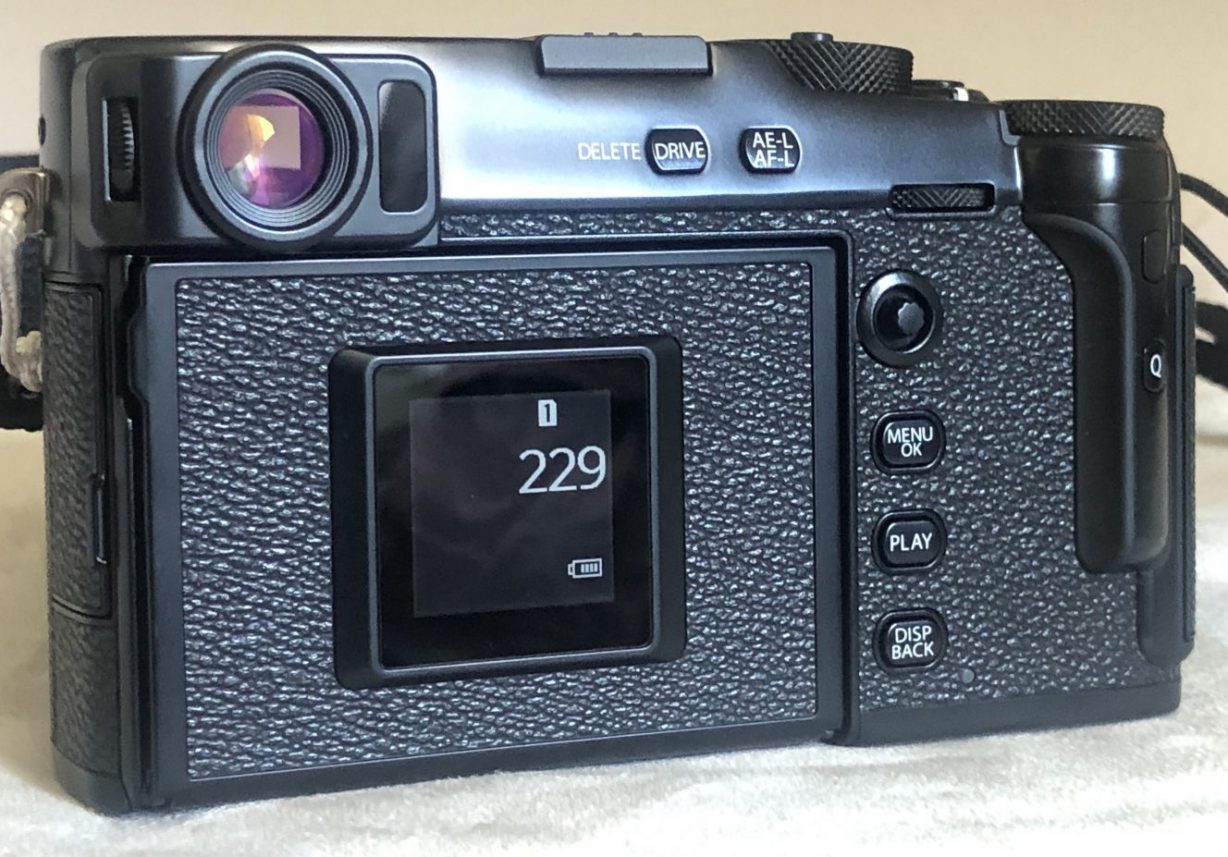
Discretion and an effective camera
The main advantage of the X-Pro range and the “1”, “2” or “3” cameras is to be able to walk in the street with a small camera that takes perfect pictures and provides a professional look.
A small format that prevents you from being immediately labeled as a paparazzi.
An X-Pro housing gives the impression that it is a classic camera without any pretension. And that’s a great advantage because you can get a lot out of it and be accepted more quickly within a group.
The size of the X-Pro 3
The X-Pro 3 is a digital telemetry box. That is to say that a remote optical system does the aiming. The eyepiece is usually in the left corner of the camera. The right part is dedicated to the settings and the shutter release.
This type of housing is the perfect formula that the famous manufacturer Leica has been using for more than a century. And it is still the telemetric housing that seduced all the reporters and photographers of the time.
Due to its small size, this box can be carried both on hikes and in everyday life. It takes up very little space, especially when coupled with a fixed focal length lens from the XF – Fujinon range. It can easily be slipped into a suitcase and photographed in tiny spaces. For example, it will be easier to take a picture in a car, a small shop, a train compartment, or the cockpit of an aircraft.
JPEG quality
One of the significant advantages of the Fujifilm brand is that you can work in JPEG format and have immediately usable files that don’t need to be reprocessed. The war over color, depth of field, and blur is indeed raging on social networks. However, when you take a lot of photos, it is not worth investing time in post-processing. Photo retouching is reserved for photographers who are going to publish one photo a day. For the others, it is long sleepless nights guaranteed.
What’s fantastic with Fujifilm is that you can get back to the filter simulations of yesteryear. Velvia, Supéria or Astia and Eterna, they are all there. This saves a little time and allows you to tinker on the spot.
Note: it is now possible to load two SD cards in the X-Pro 3 case. This is a very positive point, note that this trend is generalized for all the boxes.

The optical or digital viewfinder
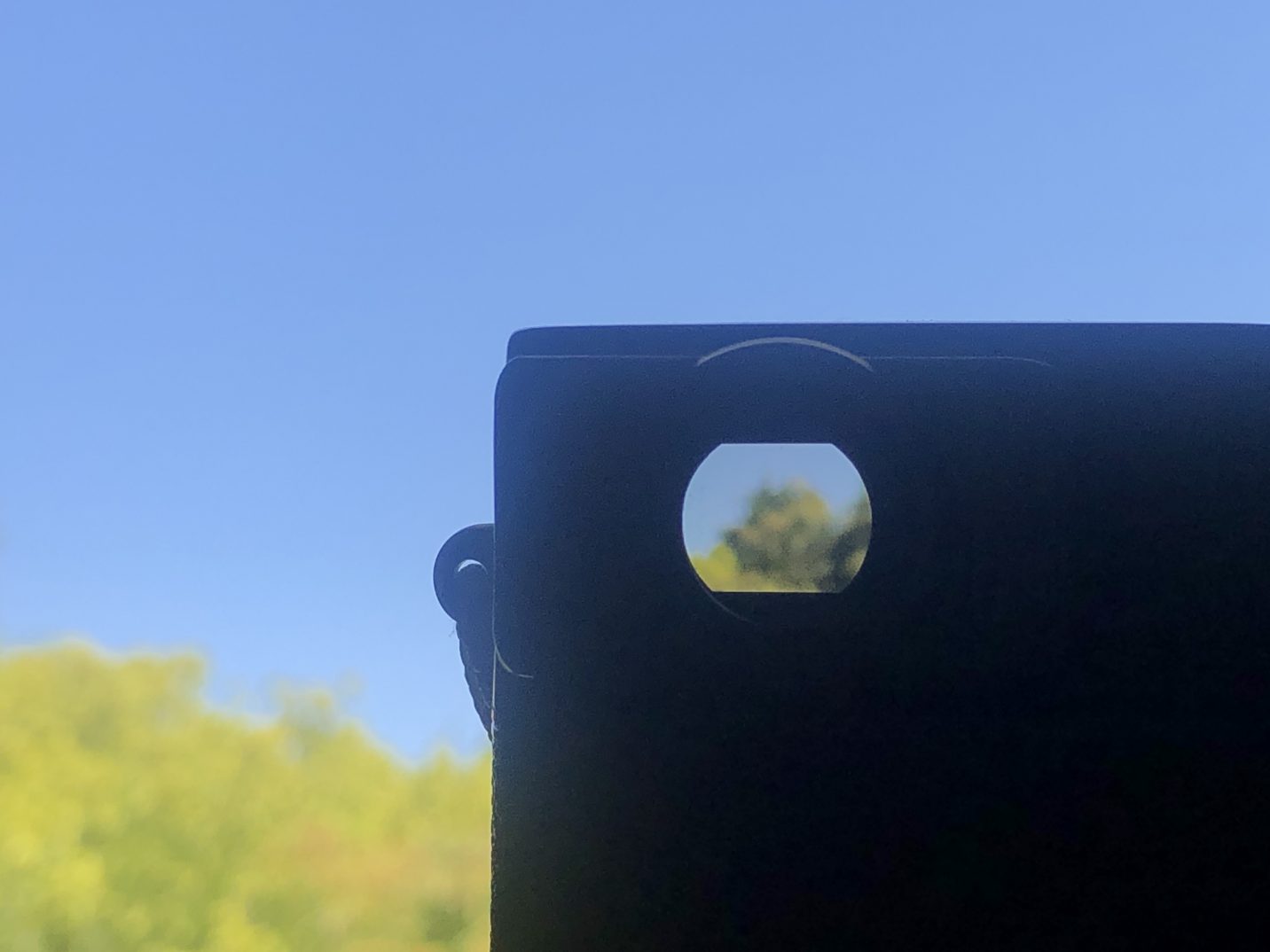
I hear the optical viewfinder on the X-Pro 3 is sensational. While the small screen in the eyepiece of the X-Pro 3 is perfect, it was already excellent on the X-Pro 1. Fans of Japanese manufacturers won’t see this as a decisive advantage. On the other hand, those who change manufacturers are likely to appreciate and be surprised.
One thing is for sure. Over the years, it becomes more and more complicated to use the digital viewfinder. Indeed it tires the eye. So an optical system allows you to take pictures without being disturbed too much by the small LCD screen. Those with sensitive eyes will find it a comfort and a real plus.
Using the optical viewfinder also saves battery consumption.
The (very) strong points of Fujifilm X-Pro 3
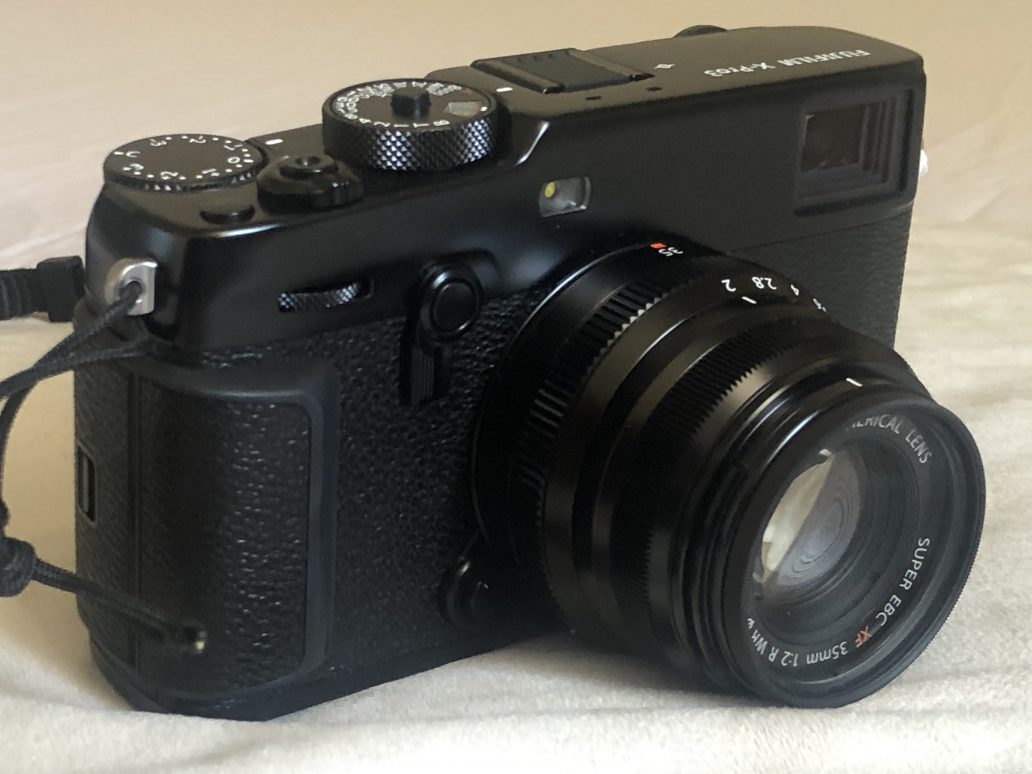
Ergonomics
The grip of the case has been further improved, and it’s lovely. There is now a roughness at the front and back of the case. And this detail is a plus, and it shows a real reflection on this body from the team that designed the camera.
Nevertheless, for those who are used to photographing with SLRs and grip, the comparison is impossible. A big camera will always be more pleasant to handle. And it will also always be more comfortable to work in the studio.
For those who can’t get used to the grip, it is possible to buy a small grip for an extra hundred euros. But is this necessary?
Speed of focus
One thing’s for sure, it’s ultra-fast, and it’s nothing like the X-Pro 1, which was sometimes slow and difficult. Especially at night or by the sea. With the X-Pro 3, it becomes quite comfortable to aim.
The Fujifilm X-pro 3 is made in Japan
It is a fact, the X-Pro 3 is more expensive than the XT3. But these boxes are built (assembled) in different factories and even in different countries. The X-Pro 3 from Fujifilm is made in Japan, so it’s a big plus and a guarantee of quality. The price differences can be explained like this.
Assembling this X-pro range box in Japan is a decision taken by the team who developed this camera. The Japanese firm made a choice, to invest money in the assembly and to pay Japanese specialists to do it. This logically increases the price of the device.
The X-Pro 3 films in 4K
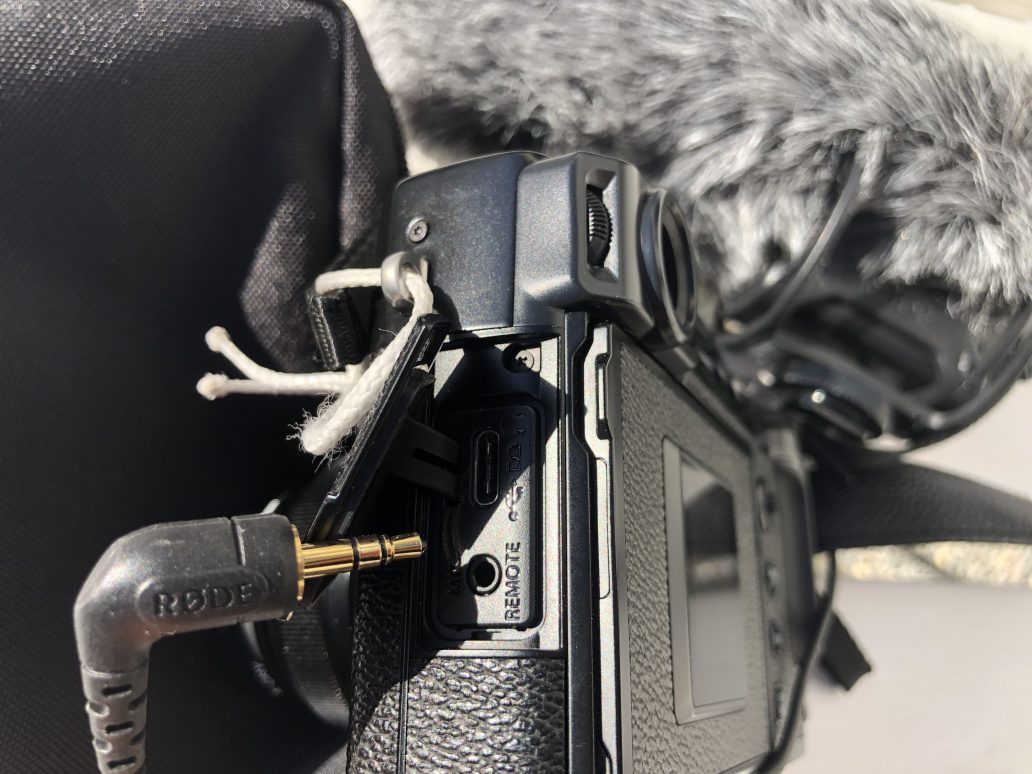
Although people who turn to the X-Pro range are keen photographers, it is essential to have a versatile camera body that can deliver satisfactory quality in video.
It is the fact that it can record in 4K that gives this camera a decisive advantage. Its predecessor always shoots in HD. And when you know that 4K is the standard today, it’s complicated to invest time, travel, and money on a camera body that doesn’t provide access to sufficient video quality.
The X-Pro 3 is not stabilized, but some lenses in the Fujinon XF range are. These include 10-24mm, 18-80mm, and 50-140mm lenses.
Unwarranted criticism of the Fujifilm X-Pro 3 body
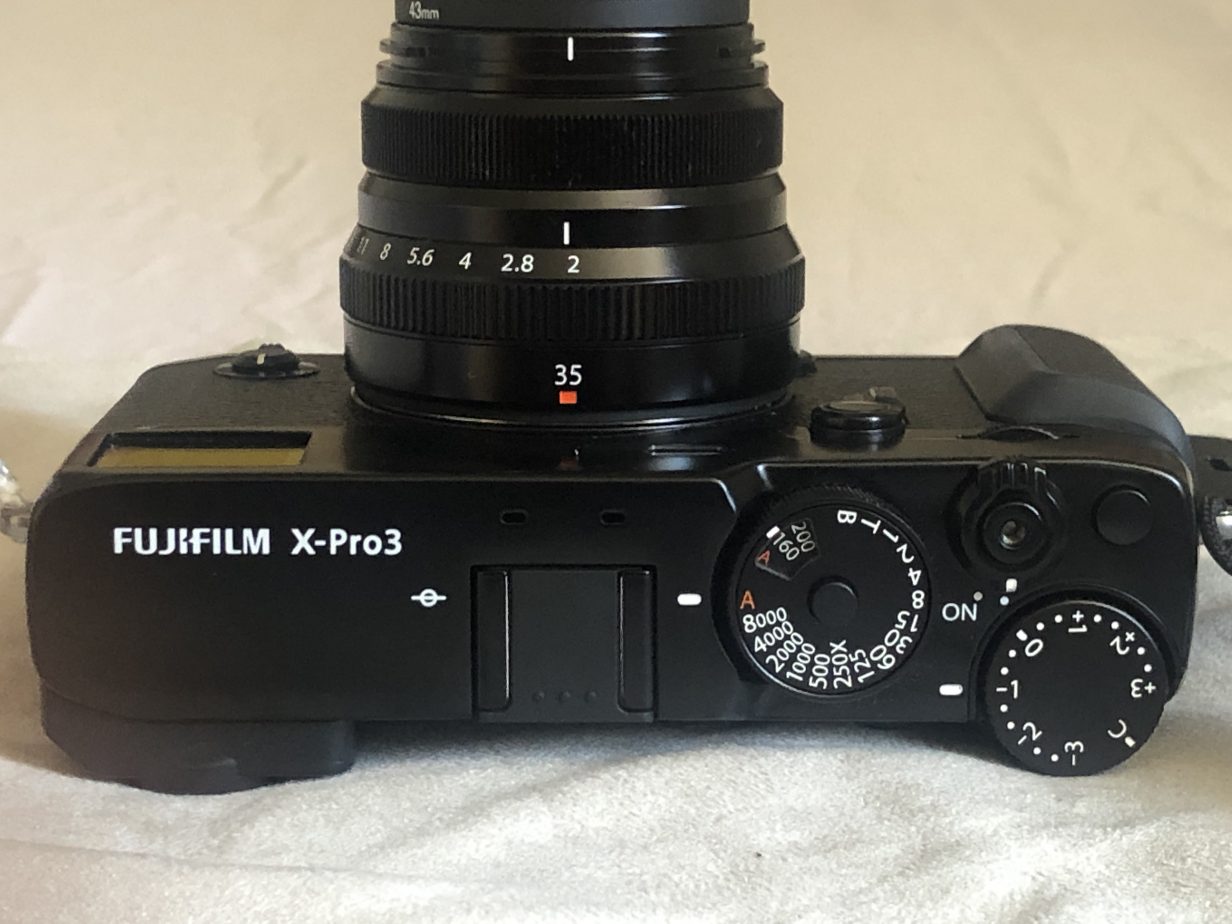
Watching hours of videos on Youtube in English, we realized that there were always the same reviews coming back. The problem with the tripod, the problem with the screen, and the real problem with the X-Pro 3 is its price. Indeed, for 1,900 euros compared to 1,200 euros for the two previous X-Pros, Fujifilm did well. Nevertheless, it is a niche case without any real competitor, so it is easier for the Japanese company to set a high price.
The legend of the tripod that prevents you from using the rear screen?
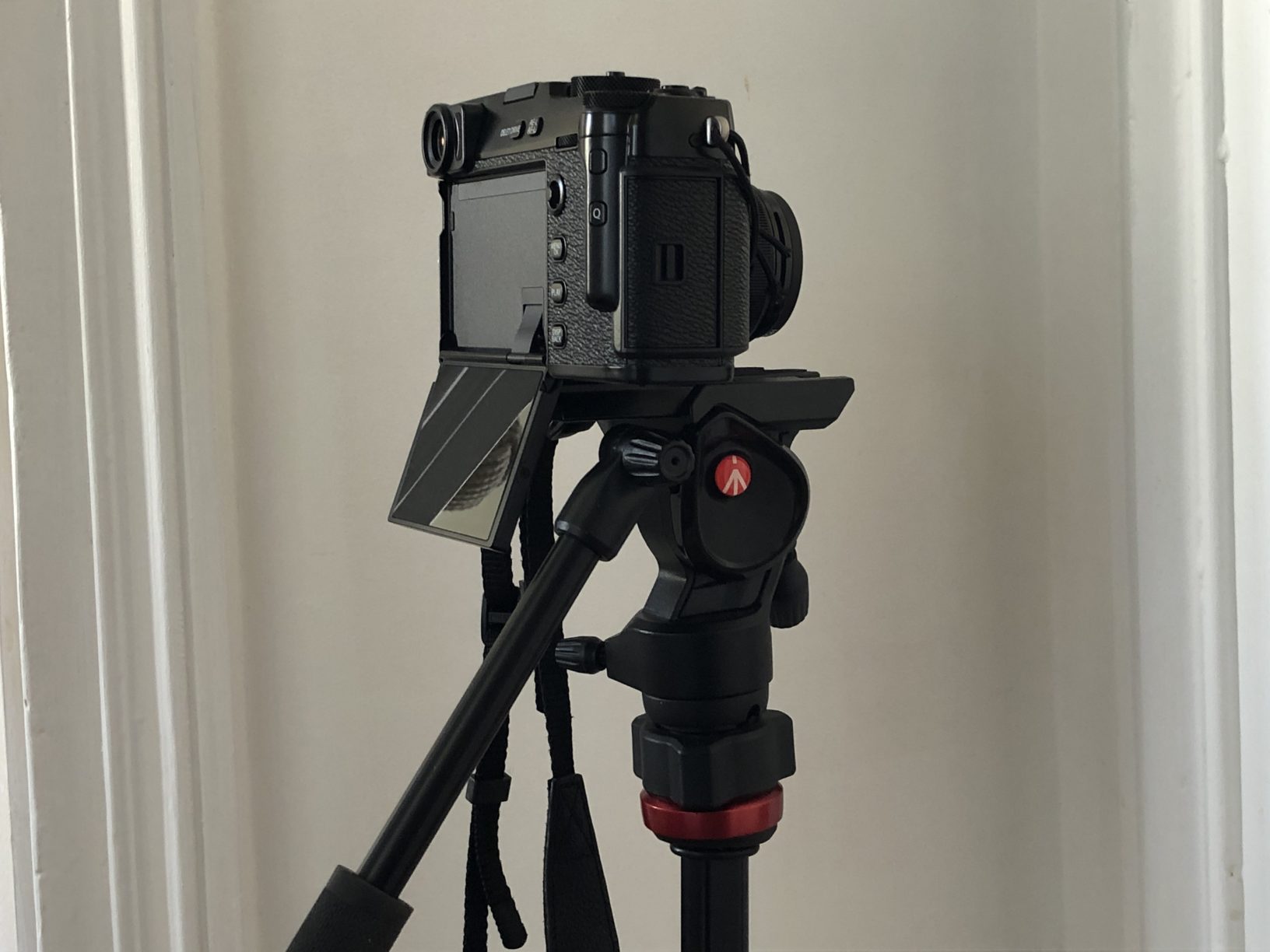
It would be impossible to use the X-Pro 3 on a tripod. This allegation is debatable. Yes, it’s a wise remark to demonstrate to your audience that you’ve analyzed everything. Nevertheless, there are tripods that can be used with this box. These are notably the latest models that can be found on the market.
For Fujifilm, it’s not even a debate since they have openly oriented this case for a view to the eye for reportage or street photography.
Impossible to take picture while raising your arms?
Many specialists have mentioned that the X-Pro 3’s screen prevents the camera from being used when you want to aim over a fence or above the crowd. This is true. But when testing the Fujifilm X-Pro 3, to get around this “problem”, we found that all we had to do was turn the camera upside down. This may be a problem, but it’s already a solution. It should also be remembered that the interest of the screen is that it allows an old-fashioned Rolleiflex-type viewfinder.
The rear screen does not rotate 180 degrees.
That’s not true, because if you put a little mirror you would be able to do it. Stop joking, the X-Pro 3 is not designed to talk to the camera or for vlogging. For this, you have your smartphone, and the quality should be good enough for Youtube. On the other hand, if the screen could rotate 180 degrees, it would be impossible to take pictures at the belt. Again, a remote screen that is turning 180 degrees would cause other problems.
Weaknesses encountered in the Fujifilm X-Pro 3 test.
Charging the batteries
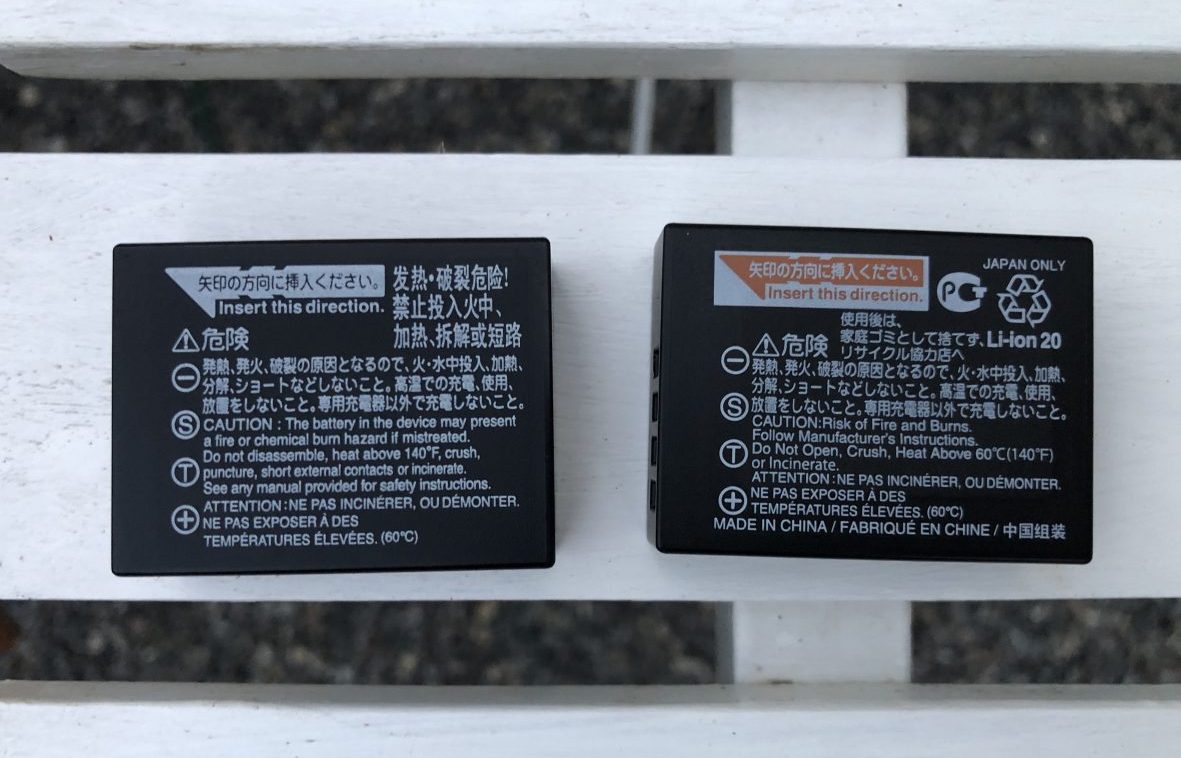
Concerning this new case, there is no more battery charger. And if you want one, you’ll have to get your hands on one. It’s a pity, but that’s the way it is. Leaving the camera on to charge the battery via the USB port of a computer is a bit weird.
The full charge time is five hours, and there’s no mention in the owner’s manual if it’s possible to charge the battery from the car’s cigarette lighter or via an external battery charger. Eventually, you will have to equip yourself with a charger to be connected to the mains.
If you have a former charger from x-pro 1 or X-pro 2 it may be possible. (but we cannot give you any warranty and you should do this under your own risk)
The body’s price
The price of the X-Pro 3 can chill more than one. It is this price that is the reason for a late purchase as far as we are concerned. Yes, you read correctly, we paid a lot for this box. And we are not paid or rewarded by the brand. (However, we do not rule out one of these days – in all transparency – a link to an online sales site).
As we mentioned above, the case is an excellent alternative to the elitist system of Leica. For your information, the purchase of our X-Pro 1 + 14 mm was motivated by the price of the Leica 24 mm fixed focal length. In one case, we only had one lens. And for the same price, Fujifilm offered a camera body and lens equivalent to a 21mm focal length.
The Velvia simulation
On the X-Pro 1, the simulation of the Velvia film was just perfect, but in the Fujifilm X-Pro 3 test, it seems to be slightly more saturated. As a result, it is better to turn to other film simulations such as: “Astia”.
Be careful if you take your pictures in RAW, you will have to apply the film simulation in post-processing. Since by definition the RAW format is a raw format.
Various remarks about the Fujifilm X-Pro 3 Case Test
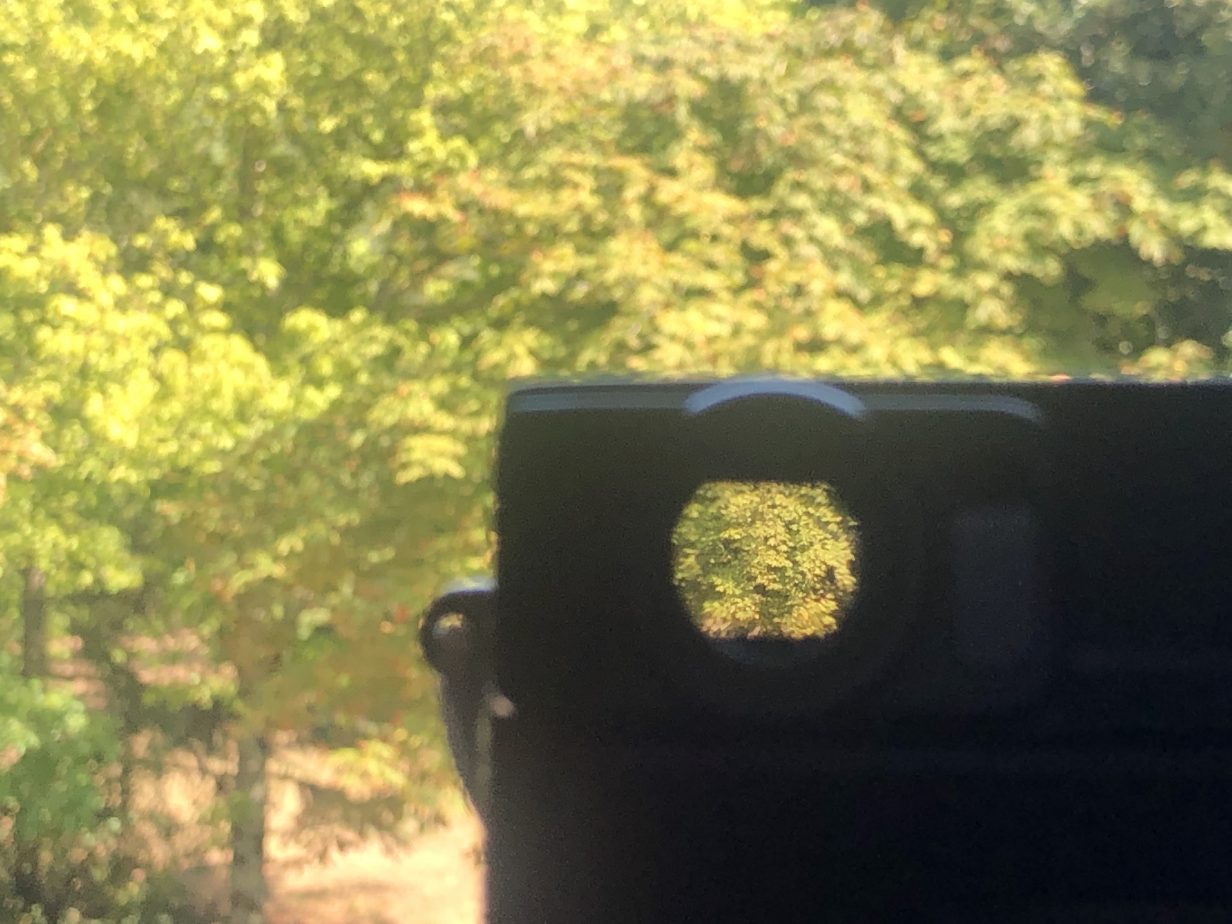
To get the most out of this camera, it is best to use Fujinon lenses with the XF logo. Many people sing the praises of submarines, but this one never has autofocus. So it makes sense that they are cheaper. The prices listed are often mentioned without customs duties. To avoid all kinds of taxes,
Which objectives should be prioritized?
There are fixed focal lengths 35 mm (eq. 23 mm) and 23 mm (eq. 35 mm) which are available in 1.4 or 2. It is better to prefer lenses that open to 2 because they are less bulky and lighter. They also have better sharpness and above all, the focusing is faster. Moreover, for the lenses opening at 2, they are less expensive.
About the pancake lenses from Fuji, we do not recommend them even if they are very nice lenses. We may have to wait a little bit. And wait for a new version of these lenses. Certainly, the 18mm and the 27mm are lovely, but they tend to pump a lot during the focusing, and they are not monobloc. That is to say that the lens comes out of the barrel during focusing.
The Fujifilm strap
As far as the strap is concerned, nothing to say, it’s black and discreet. Moreover, Fujifilm had the good taste not to write the brand name in white on this pretty strap. As the result, we can use it without being spotted from too far. On the other hand, we advise you not to use the small metal rings because they damage the little metal eyes of the camera over time.
photo credits: Yann Ve
last update 16th september 2020